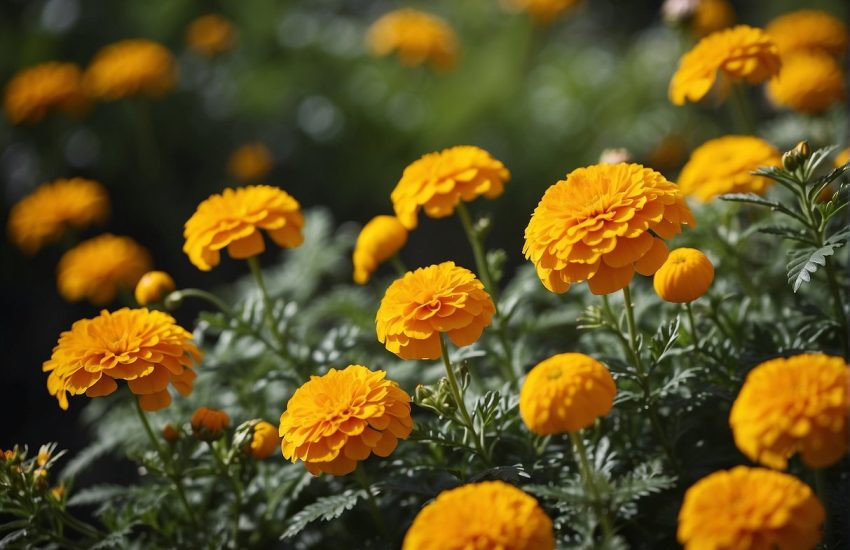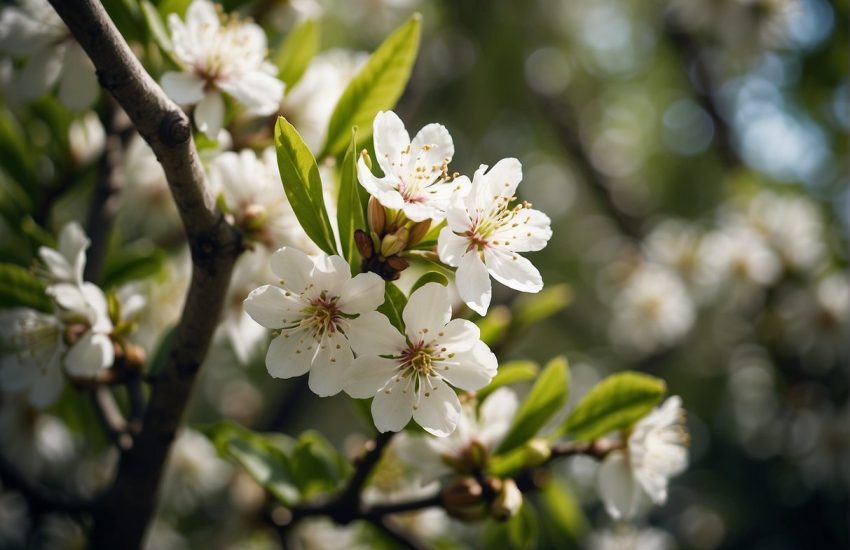Cactus in Sonoran Desert: A Guide to the Iconic Plants of the Region
The Sonoran Desert is a vast and unique landscape that spans across parts of the United States and Mexico. It is home to a variety of plant and animal species that have adapted to the harsh desert conditions. One of the most iconic plants of the Sonoran Desert is the Saguaro cactus (Carnegiea gigantea), which can grow up to 40 feet tall and live for over 150 years.

The Saguaro cactus is a symbol of the American Southwest and is often featured in movies and artwork. It is also a vital part of the ecosystem, providing food and shelter for a variety of desert animals. The cactus blooms with white flowers in the spring and produces red fruit in the summer, which is a source of food for birds and mammals.
Despite its popularity, the Saguaro cactus faces threats from climate change, habitat loss, and illegal poaching. Efforts are being made to protect this iconic plant and preserve the unique ecosystem of the Sonoran Desert. In this article, we will explore the importance of the Saguaro cactus in the Sonoran Desert and the challenges it faces in the modern world.
Biology and Ecology of the Saguaro
Physical Characteristics
The saguaro (Carnegiea gigantea) is a tall, columnar cactus that can grow up to 40 feet in height and weigh over a ton. It has a thick, ribbed stem that can expand to store water during times of drought. The saguaro’s stem is covered in sharp spines and can have up to 50 arms branching out from the main stem. The saguaro’s shape is iconic and is often used to represent the American Southwest.
Growth and Life Span
Saguaros are slow-growing cacti that can live for over 150 years. They grow about 1 inch per year for the first 8 years of their life and then slow down to about 1 inch every 10 years. Saguaros typically don’t start growing arms until they are about 75 years old. The growth rate of the saguaro is affected by elevation, temperature, water availability, and climate.
Reproduction and Pollination
The saguaro produces white flowers that bloom in the late spring and early summer. The flowers are about 3 inches in diameter and are followed by red fruit that ripen in the early summer. The saguaro relies on pollinators such as bees and birds to reproduce. The flowers are open during the day and are pollinated by bees, while the fruit is eaten by birds who then spread the seeds throughout the desert.
The saguaro is a remarkable plant that has adapted to survive in the harsh conditions of the Sonoran Desert. Its unique physical characteristics, slow growth rate, and reliance on pollinators make it an important part of the desert ecosystem.
Saguaro’s Role in the Desert Ecosystem
The saguaro cactus (Carnegiea gigantea) is one of the most iconic plants in the Sonoran Desert, located in the American Southwest. This towering cactus plays a crucial role in the desert ecosystem, providing shelter and food for a diverse array of flora and fauna.
Flora and Fauna Interactions
The saguaro cactus is a keystone species in the Sonoran Desert, meaning that it has a disproportionately large impact on the ecosystem relative to its abundance. The cactus provides shelter for a variety of animals, including birds, insects, and small mammals. The saguaro’s woody ribs and spiny exterior create a safe haven for animals seeking refuge from predators or extreme temperatures.
In addition to providing shelter, the saguaro cactus is also an important food source for many desert animals. The cactus produces sweet, red fruit that is a favorite of birds, such as Gila woodpeckers and white-winged doves, as well as mammals like coyotes and javelinas. The saguaro’s flowers provide nectar for pollinators, such as bees and bats, which in turn helps to support the desert’s diverse plant life.
Environmental Threats and Conservation
Despite the saguaro cactus’s importance to the desert ecosystem, it faces a number of environmental threats. The cactus is particularly vulnerable to disease, such as bacterial necrosis and fungal infections, which can cause the cactus to rot from the inside out. Climate change is also a concern, as rising temperatures and drought conditions may make it difficult for the saguaro to survive.
To help protect this iconic desert plant, conservation efforts have been implemented in the American Southwest, including the establishment of Saguaro National Park in Arizona. The park is home to thousands of saguaro cacti, as well as a variety of other desert flora and fauna. Conservation efforts also include monitoring and treating saguaro cacti for disease, as well as educating the public about the importance of this keystone species to the Sonoran Desert ecosystem.
Overall, the saguaro cactus plays a vital role in the Sonoran Desert ecosystem, providing shelter and food for a diverse array of flora and fauna. Conservation efforts are necessary to ensure the survival of this iconic desert plant for future generations to enjoy.


